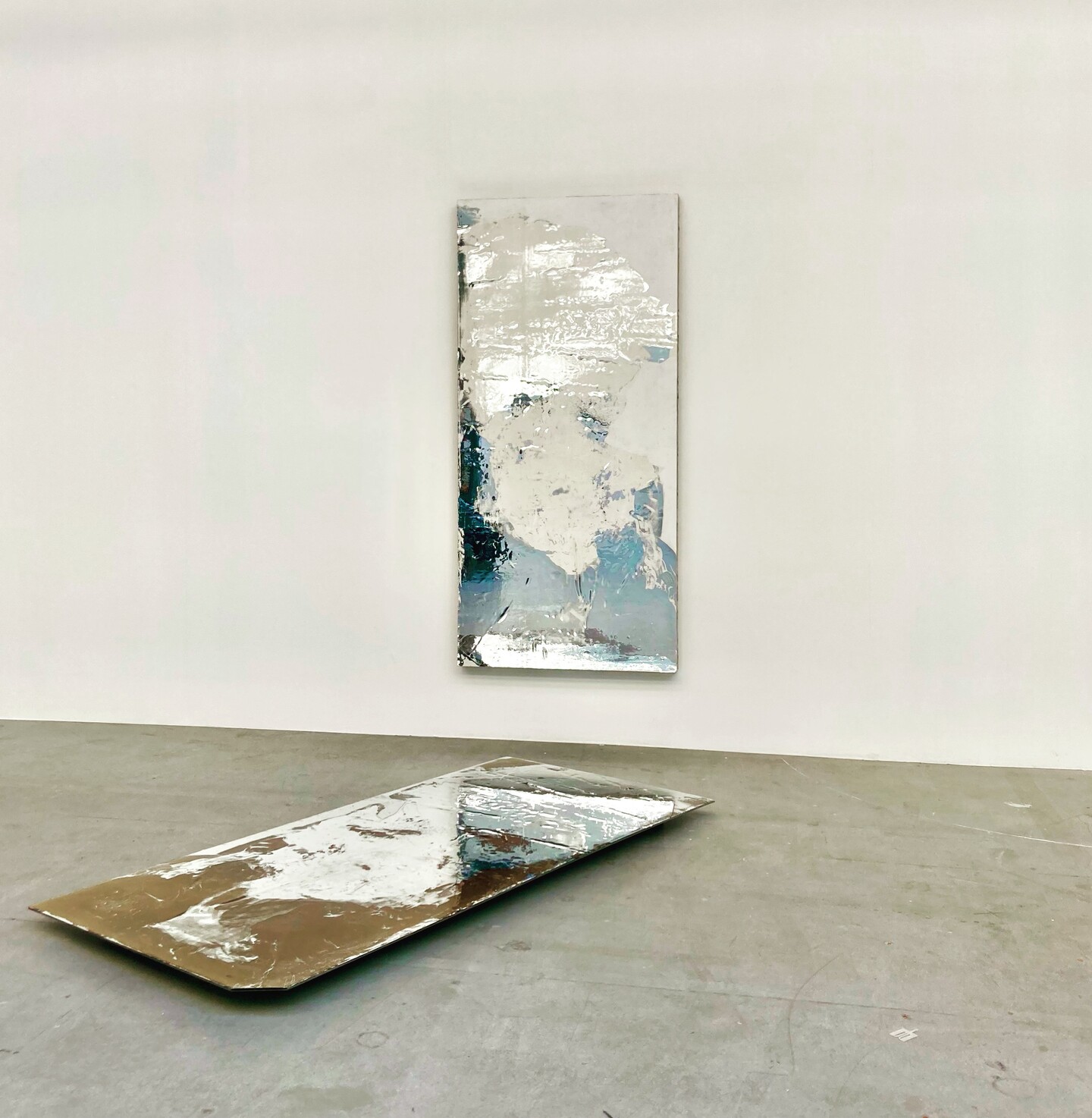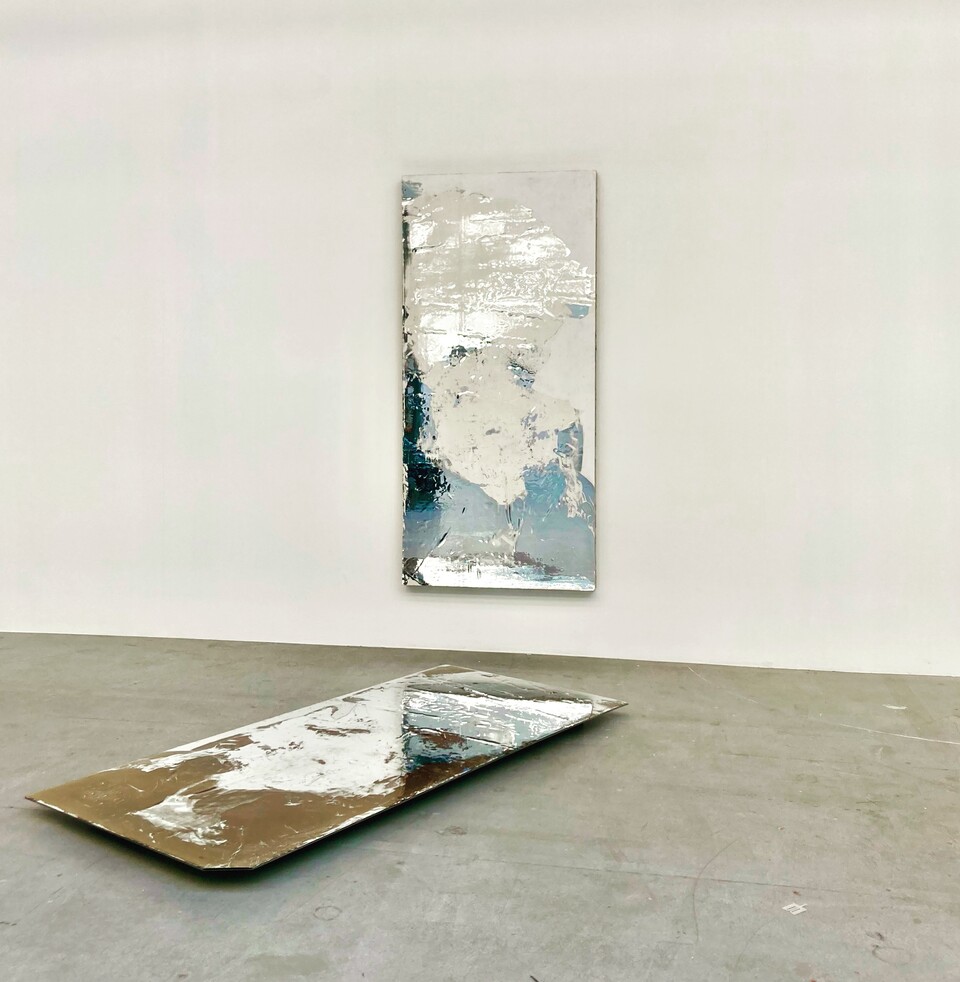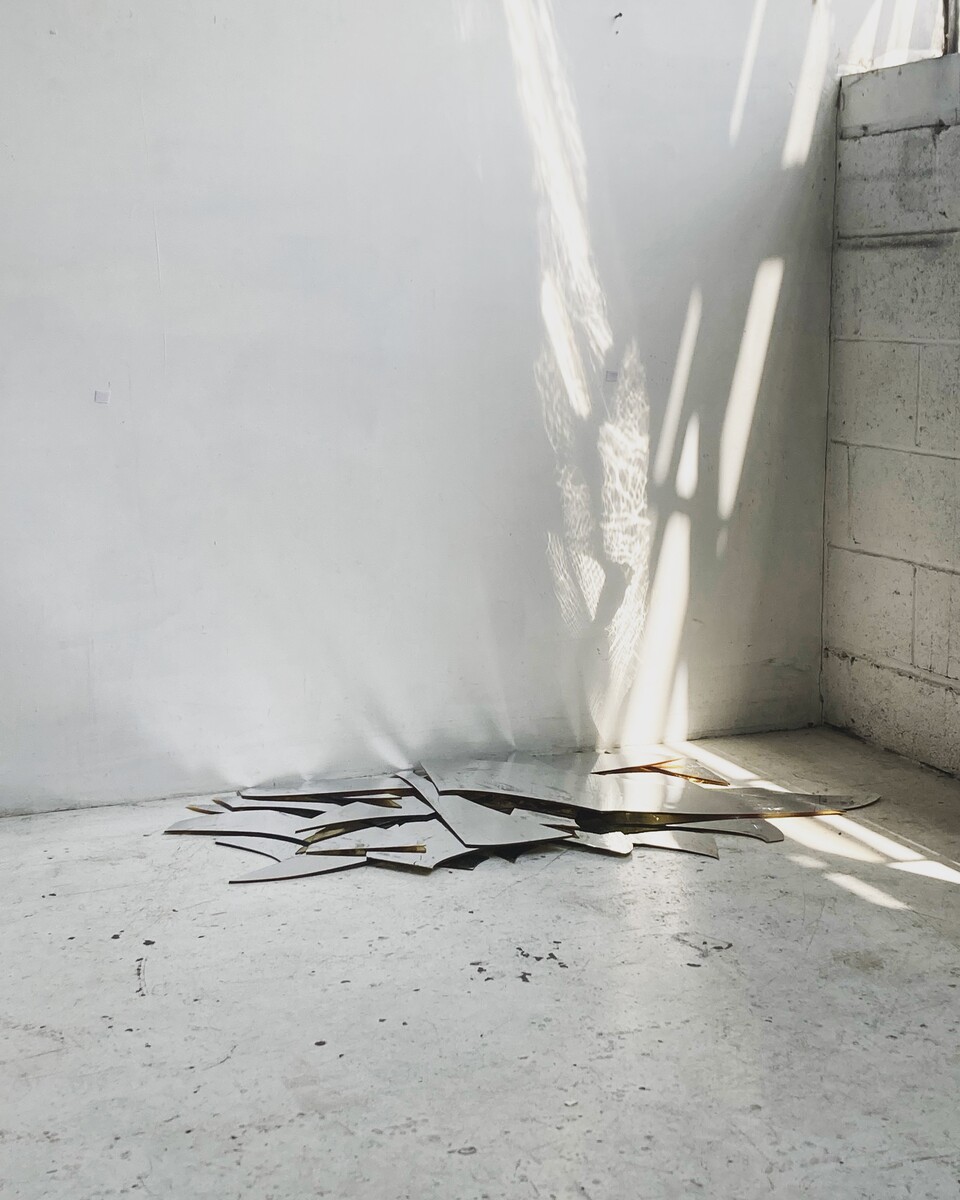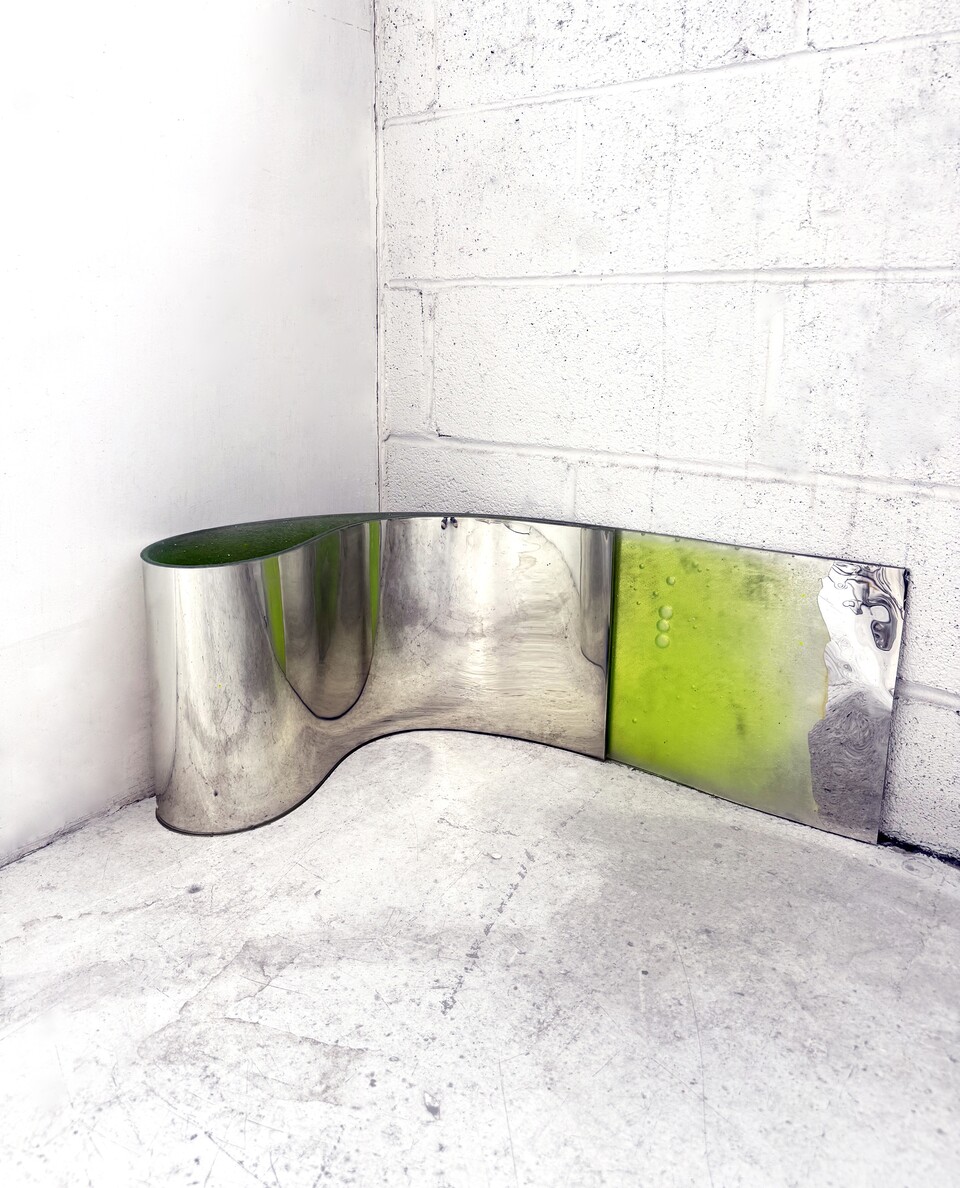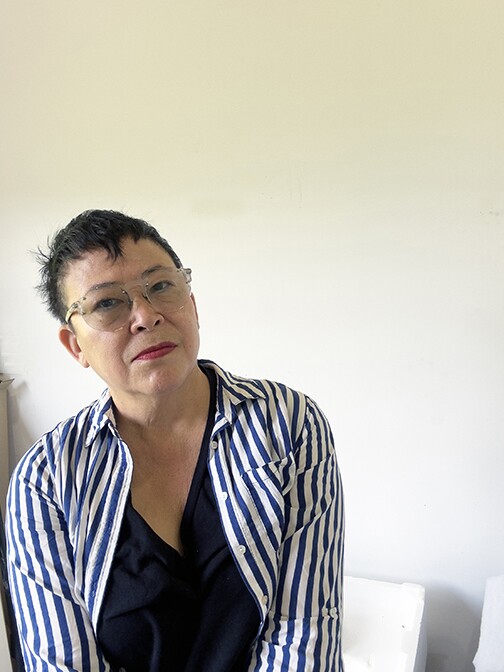The Maria Lassnig Prize 2025 goes to Carrie Yamaoka
The Foundation awards this prize every two years in collaboration with renowned museums and galleries. The Prize is worth 50,000 euros and includes an exhibition. Yamaoka’s works will go on view at the Hamburger Kunsthalle in mid-2026.
Having herself gained fame as an artist only late in her career, it was Maria Lassnig who suggested the idea of a prize. The aim of this distinction is to make the work of fellow artists known to a wider audience.
- Jury
The jury, consisting of the Chairman of the Board of the Maria Lassnig Foundation, Peter Pakesch, the Director of the Hamburger Kunsthalle, Alexander Klar, Hans Ulrich Obrist (Artistic Director of the Serpentine Galleries, London), Matthias Mühling (Director of the Lenbachhaus, Munich), Rosa Barba (artist), Brigitte Kölle and Corinne Diserens (Heads of Contemporary Art & Exhibitions Curators, Hamburger Kunsthalle), played a key role in choosing the winner.
- About the Maria Lassnig Foundation
The Maria Lassnig Foundation is dedicated to promoting and supporting the reception of the work of Maria Lassnig and its impact on contemporary art and artists. By means of initiatives such as the Maria Lassnig Prize, the Foundation aims to acknowledge and pay tribute to mid-career artists who have made major contributions to art and merit
greater recognition.
- Carrie Yamaoka
Carrie Yamaoka (born 1957, Glen Cove, NY) is an interdisciplinary American visual artist whose work ranges across painting, drawing, photography and sculpture. She engages with the topography of surfaces, materiality and process, the tactility of the barely visible and the chain of planned and chance incidents that determine the outcome of the object. Chemical processes and fleeting states of transformation play an important part in her work, in which the possibilities of recording and documentation are challenged.
Yamaoka is interested in the (in)ability of photography to capture and depict. In some cases, the artist alters her earlier works five, ten or twenty-five years later, thereby challenging fundamental conventions and hierarchies in artistic production. The reflective surfaces blur the lines between studio, exhibition space, artist and viewer, between production and completion.
In her text-based early work, Yamaoka worked with typewriter correction ribbons, a material used to rectify mistakes. In text and material, the visibility of erasures becomes an essential element of her work.
Yamaoka´s diasporic roots have deeply informed her work. Her hybridized heritage is that of Japanese immigration to the US dating back to the late 19th century into the early 20th century, mixed with white Anglo-Saxon Protestants on one side of her family. Living in Japan during her teenage years was a formative influence on her work.
Yamaoka is a member of the queer art collective fierce pussy, which she co-founded in 1991 and that is still active today. The collective emerged amidst the AIDS epidemic and political mobilisation for LGBTQ+ rights. The other members are Nancy Brooks Brody (1962–2023), Joy Episalla and Zoe Leonard.
